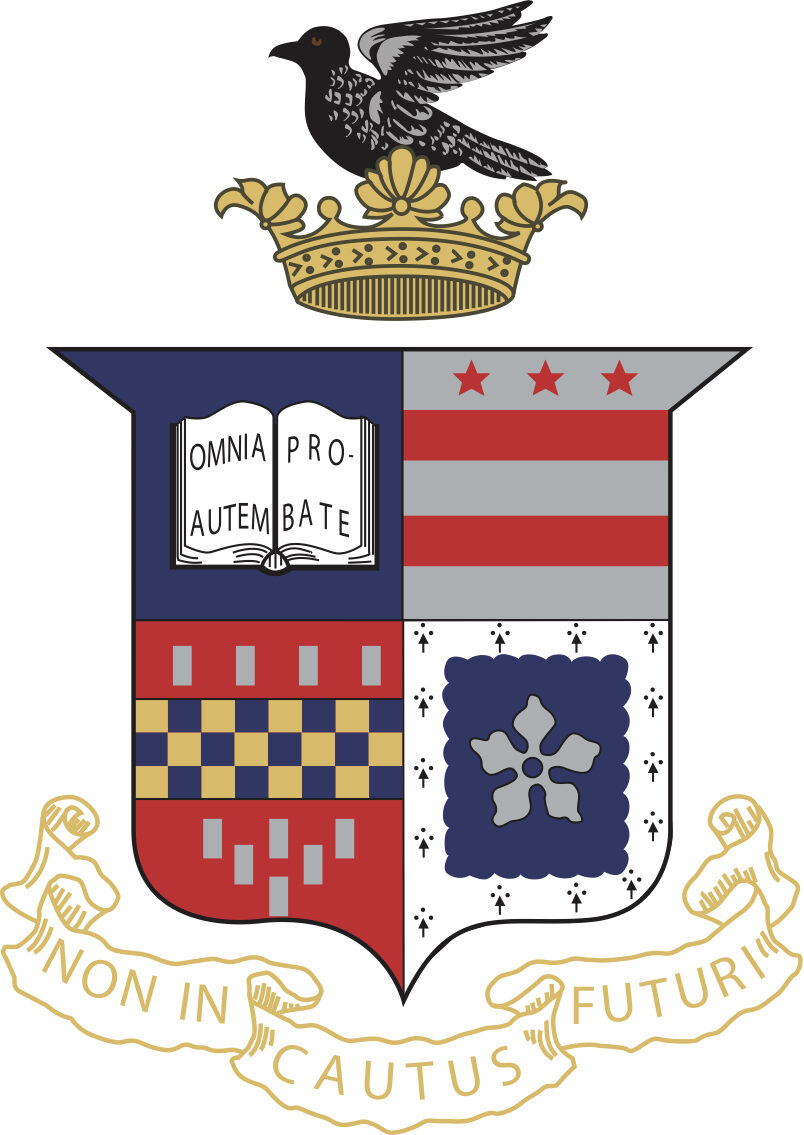Cass Sunstein and other scholars have distinguished between two forms of constitutionalism: preservative constitutionalism, which looks to maintain the status quo, and transformative constitutionalism, which aims to transcend a flawed constitutional history and achieve a better future. In this Article, we introduce a third, undertheorized mode of constitutionalism, which we call restorative. Restorative constitutionalism seeks a return to a lost, more authentic constitutional past, whether real or imagined. Restorative discourse in modern United States constitutionalism is dominated by conservative calls for originalist judicial interpretation. But originalism is only one subset of restoration, and indeed restorative discourse has been present at many moments in U.S. history, including in both the Trump and Biden administrations. We survey examples of restorative constitutionalism both inside and outside the United States and show that it is a powerful and varied mode of change that can facilitate popular and elite consensus and repair damage wrought by anti-democratic political actors. Restoration is not without risks: it may restrict the horizons of constitutional imagination and be abused for authoritarian ends. Nonetheless, progressives would be well-served by engaging with restorative constitutional discourse, rather than treating it as a trap and allowing it to be monopolized by conservative constitutionalists.
